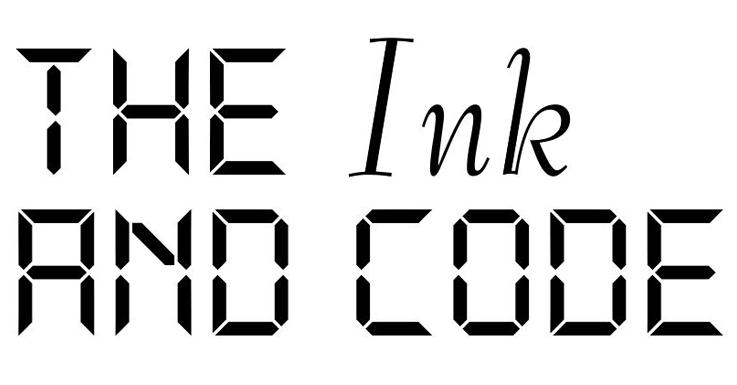Lace Crater is the debut feature film by Harrison Atkins. Produced (and co-starring) Joe Swanberg, the film has all traits of the mumblecore genre that Swanberg helped popularize a decade ago. Atkins cleverly plays on those conventions with the influence of body horror traditions, using them to bolster the film’s mumblecore framework.
The film follows Ruth (Lindsay Burdge) who, fresh from a breakup, flees NYC with her friends for a weekend getaway in the Hamptons. She volunteers to sleep in the vacation home’s carriage house – which is allegedly haunted – and soon finds herself in the company of Michael (Peter Vack), a ghost cloaked in burlap. Instead of fleeing in fear, the somewhat intoxicated Ruth begins a conversation with Michael. One thing leads to another, and, well… No, this film isn’t a romantic comedy. After her one night stand with Michael, Ruth falls ill. What starts with flu-like symptoms soon progresses into something much more startling–and gross. As Ruth’s condition worsens, her behavior becomes more erratic. Sinking further into a world of isolation and unnatural physical changes, the likelihood of Ruth recovering becomes increasingly dire.
The film’s approach is novel, but unfortunately the end product does not feel altogether unique. The character dynamics and Ruth’s maladies (the peeling of her skin, black-tar-like projectile vomit, the low-fi “glitch” hallucinations, etc.) end up leave a lingering sense of, “I’ve seen this before.” It’s hindered by its adherence to the mumblecore genre. If you remove the horror elements, the film would still work – a twenty-something woman navigating her life and friendships following a break-up and a one-night stand with a stranger. When so tightly bound to a specific form, though, it isn’t given the opportunity to transcend that form. Atkins’s talents as a writer and director, and the strong performances across the board, earn Lace Crater a spot alongside the films of Swanberg, Andrew Bujalski, and the Duplass Brothers, but it just doesn’t do enough to stand out among them.
Some highlights and gross outs leave a squirmy impression, the most inventive of which is the clear mucous in which Ruth and her bed are drenched every morning. It’s textured and real in a way that would make Cronenberg and Yuzna proud. I wanted more symptoms like it, things that couldn’t be explained, like the way she attributed her peeling skin to eczema. Ruth could maintain a semblance of a regular life with the less severe symptoms. The mucous-drenching prevents her from sharing the intimacy of her bed with someone, and that’s when the horror of isolation becomes most palpable.
The film’s correlation between sex and supernatural peril is its most fascinating aspect. It joins other recent films such as It Follows and Starry Eyes in connecting a sexual encounter with a destructive supernatural force. Though we’ve yet to see it explored by a film written and directed by a woman, it’s interesting to see it in multiple films, all of which approach it from a different angle. Atkins focuses on social stigmata and the isolation it can cause. It feels different than the puritanical sex=death trope of 80s slasher films, perhaps speaking to a generational fear about sex and STIs. I’m curious to see if this trend continues. If so, Atkins and his film will remain an important part of the conversation.

